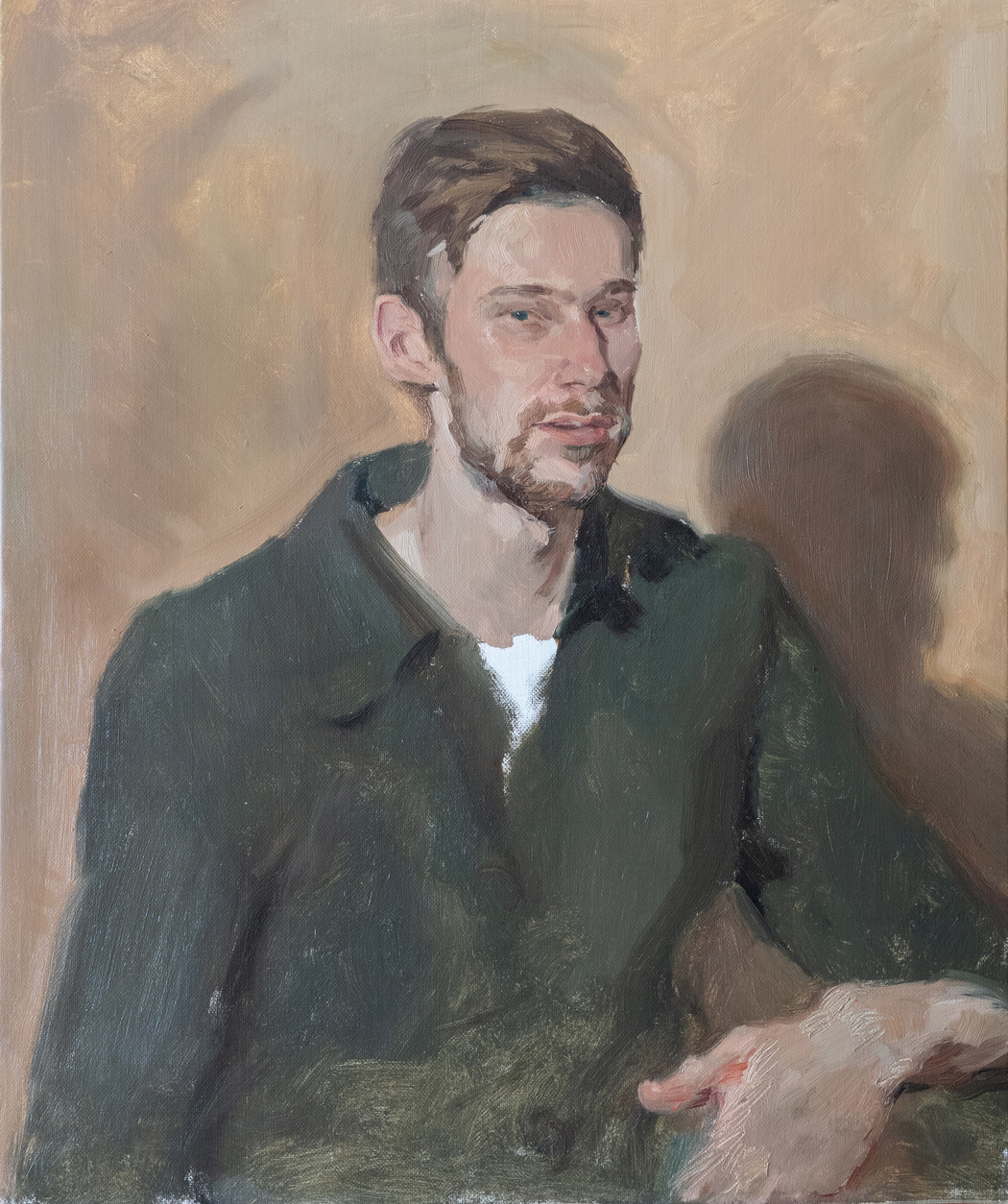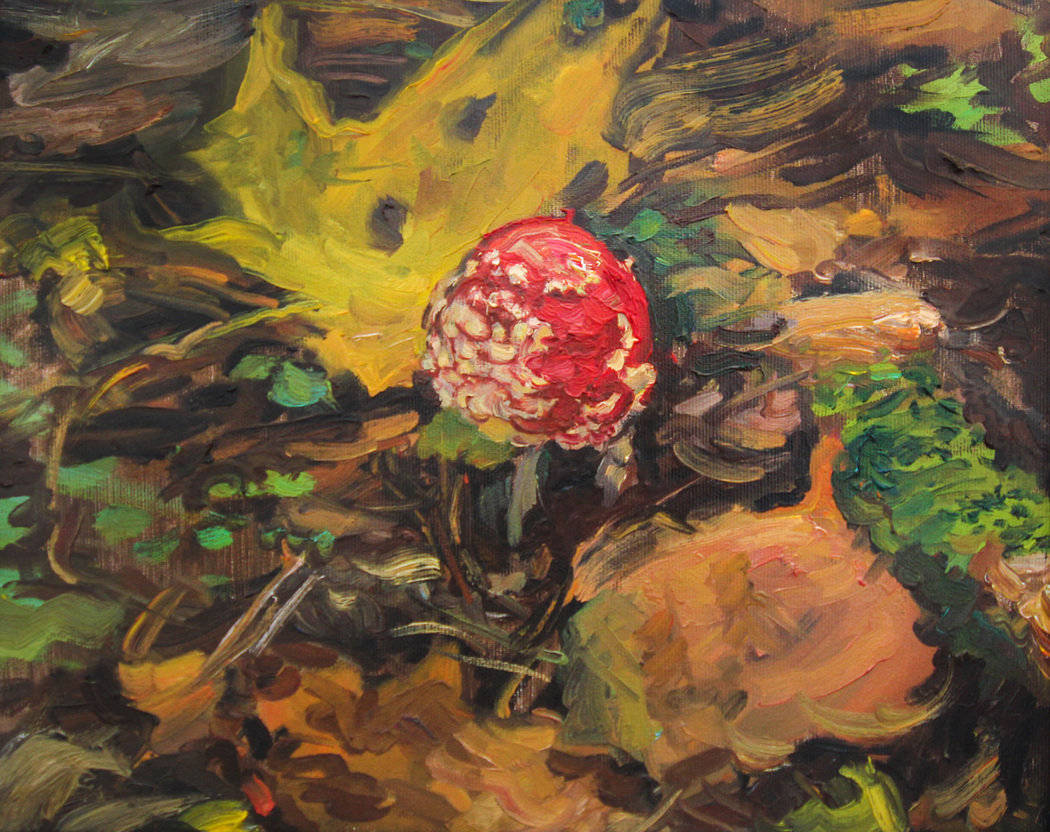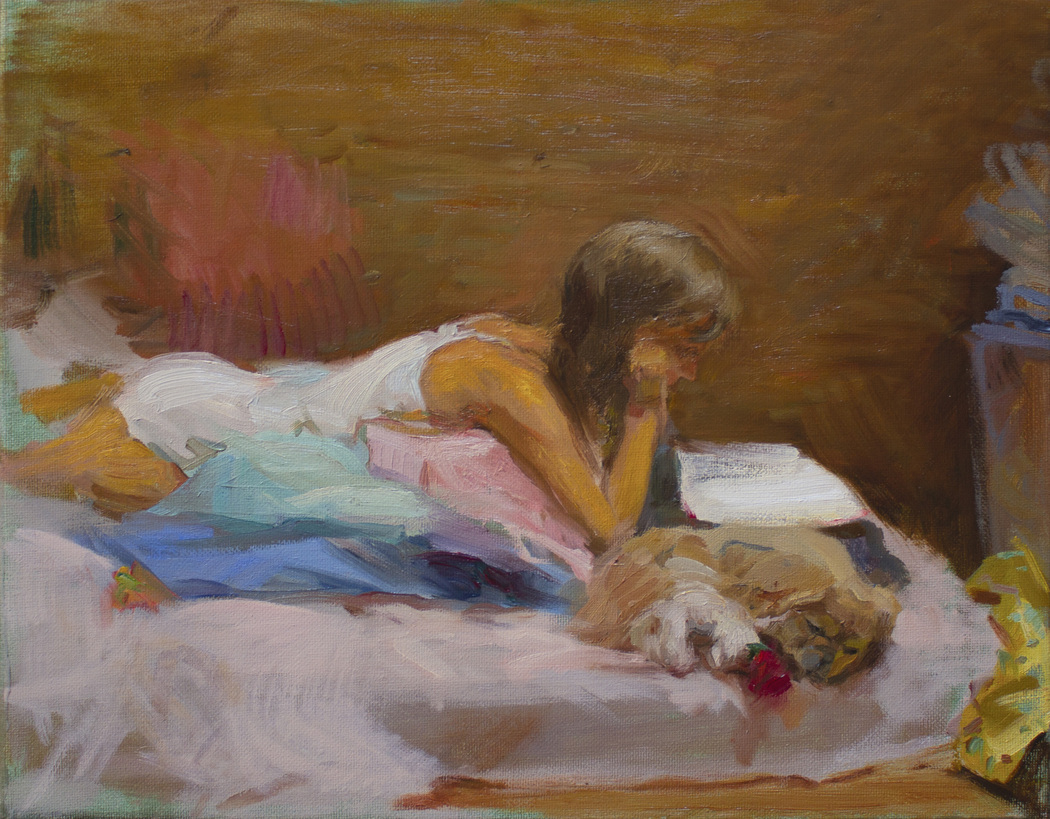Vaidotas Vankevičius
Year of birth: 1995.
Where do you live: Vilnius, Lithuania.
Your education: Vilnius Academy of Arts – Bachelor of Fresco-Mosaic, 2016–2020; Arūnas Jonikas Studio – Intensive Academic Drawing and Portrait Training, 2017–2019; Graphic Design Courses – Composition, Typography, Color Theory, Adobe Suite, 2022–2023.
Describe your art in three words: Bold, Dynamic, Direct.
Website | Instagram
Your style blends realism and impressionism beautifully. How do you strike a balance between the two in your creative process?
My style emerges from a strong personal philosophy about painting, which developed over a decade of extensive and diverse painting practice — a practice I always carried out from life, regardless of difficulty or weather conditions. Painting in challenging weather and constantly pushing myself to work in different locations forced me to think about what truly matters: what deserves to be included in a composition and what is better left out.
Additionally, my style has been shaped by the goal of completing each painting in a single sitting. Over time, this principle greatly improved my sense of composition, as it allowed me to produce a large number of works and observe what works and what doesn’t.
Finally, continuous study of the old masters — such as John Singer Sargent, Anders Zorn, and Joaquin Sorolla, among others — provided valuable reference points and helped lay the philosophical foundation that guided the refinement of my stylistic direction.
One of my main goals in painting is to create a composition that contains a sense of rhythm and movement, while maintaining a balance between dry realism and overly effect-driven impressionism.
You mention completing each painting in a single session from life. What challenges and rewards come with this approach?
Since I paint exclusively from life and do not use photographs, I realized already during my student years that I most enjoy — and benefit from — completing a painting in a single session in order to best capture the chosen place and moment. Even when returning the next day at the same time and under similar weather conditions, something is always different — no two days are ever the same. That’s why, regardless of the painting’s size or complexity, I always aim to finish the work in one sitting. This allows me to fully experience and express the chosen moment, ensuring a smooth and coherent process. Having only one chance also sharpens my ability to select what is essential and continually improve my technique, since each situation demands specific — and sometimes unconventional — technical decisions.
Of course, this method comes with its fair share of drawbacks. No matter how skilled one becomes, some compromises are inevitable when painting this way. Often, during the process, I find myself thinking that certain parts could be rendered much more easily and effectively over multiple sessions. Sudden changes in weather or unforeseen circumstances can also prevent or complicate the completion of a painting — sometimes forcing me to either abandon a particular scene or start it over from scratch another time. Finally, painting this way can sometimes lead to mannerisms, repetition, or an overreliance on technical shortcuts in pursuit of quick and simple solutions.
 Vaidotas Vankevičius | Gytis
Vaidotas Vankevičius | Gytis
What draws you to certain landscapes or interiors when choosing your subjects?
I often enjoy painting places and subjects that are less typical or conventional. The region I come from is rich in forests and greenery, full of fascinating spots such as swamps, moss-covered areas, lakes, streams, and nature reserves. These are the kinds of places where I feel most at ease while painting, knowing that I won’t be disturbed and can fully immerse myself in the creative process. Thanks to many years of painting from life, I’ve developed a strong sense of which places to choose based on the season, time of day, and weather conditions. Interiors, for me, offer a refreshing break from the monotony of landscapes, as each one has its own story and unique color palette. I often choose spaces — or fragments of them — that can reveal at least a small glimpse of the life happening within. I’m also drawn to interiors because of their bold or distinctive color harmonies. At times, I paint interiors as a way of documenting and preserving a specific memory, a moment in time, or a place I’ve visited.
How has your background in fresco-mosaic influenced your current oil painting techniques or compositions?
I chose to study fresco-mosaic because it offered the best education in traditional oil painting and academic drawing. My focus was more oriented toward the study of classical painting techniques, with significant emphasis placed on large-scale monumental art. The lessons I learned while painting frescoes — such as technical precision and color clarity — laid a solid foundation that later proved very useful when I transitioned to oil painting. Fresco painting also taught me a great deal about composition and helped me become more comfortable working on a large scale. This experience is especially valuable now, as I have begun painting large-format landscapes from life.
 Vaidotas Vankevičius | Amanita muscaria
Vaidotas Vankevičius | Amanita muscaria
Can you tell us more about your teaching practice? How does mentoring students influence your own art?
Since 2020, I have been officially teaching painting and drawing, as well as helping others build professional portfolios or prepare for admission to various art academies and universities, both in Lithuania and abroad. Throughout my teaching practice, I have assisted students in preparing for and entering all major fields and specializations in the arts. I work with people of all ages, and based on my experience, I can confidently say that I have developed a unique teaching philosophy and program that can help achieve excellent results — whether for amateurs or those aiming to become professionals.
Teaching also continuously challenges me to grow and reflect more deeply. Through this practice, I have been able to fully shape my own artistic philosophy. It was only by teaching others that I finally found answers to questions that had long troubled me during my student years. Painting and drawing are not only forms of art — they are also sciences. Not everyone is able to teach these disciplines, as certain principles and sensory concepts are very difficult to express in words. That’s why it is crucial for every teacher to be able to present everything as clearly, simply, and systematically as possible. I have pursued this goal for many years myself, and it has helped me refine a great number of technical aspects that have significantly contributed to my own creative work.
Which painting from your current body of work holds the most personal significance to you, and why?
It’s very difficult to single out one key work, as there are many. Each painting has its own story behind its creation and carries a certain emotional weight. The painting “Blizzard,” which I painted at night during an actual snowstorm, is one that many find eerie and it’s not particularly popular — yet it’s very dear to me. I created this work shortly after finishing my studies. It represents my first intense creative years, during which it was very important for me to experiment and constantly choose increasingly challenging situations to paint. Painting at night in the middle of a blizzard was extremely difficult for many reasons, and I probably wouldn’t want to repeat it — but this piece always reminds me how important it is not to stop exploring new and less conventional ideas, and to not shy away from extreme working conditions.
 Vaidotas Vankevičius | Evening Readings
Vaidotas Vankevičius | Evening Readings
How do you see the role of realism in contemporary Lithuanian art today?
In my subjective opinion, throughout the history of painting in Lithuania, there have been very few representatives of the traditional realist painting movement. Even today, you wouldn’t need more than the fingers on one hand to count the current Lithuanian masters of realist painting. For this reason, it is especially important to me to preserve the traditions of this artistic direction while also bringing in new, contemporary ideas. I do this in part through my own creative work and also through teaching others. If this tradition is further neglected, in the near future there may be no professionals left to train the next generations and pass on the knowledge and values it holds. This mission is one of my callings — and I hope I will be able to continue fulfilling it.


Leave a Reply